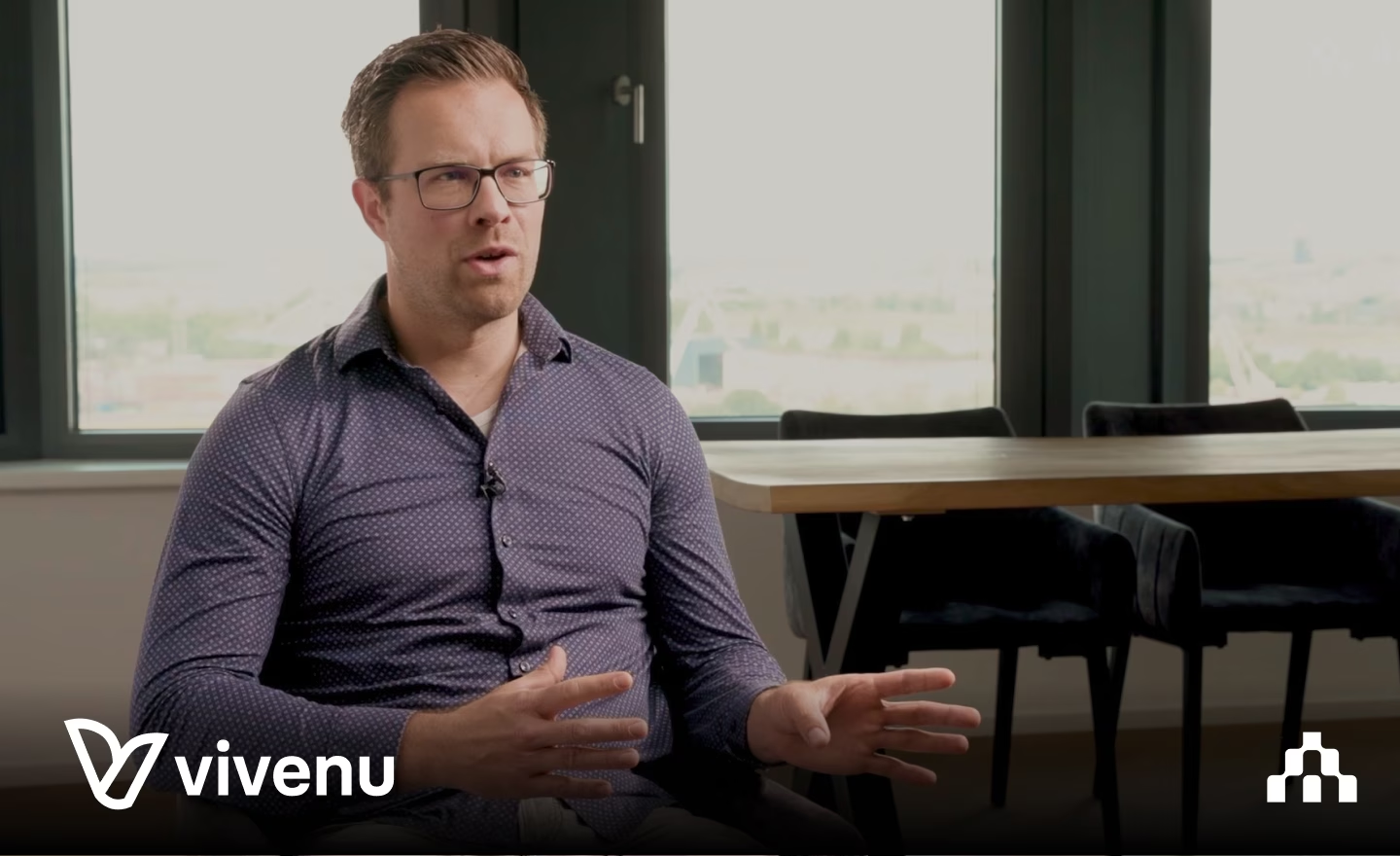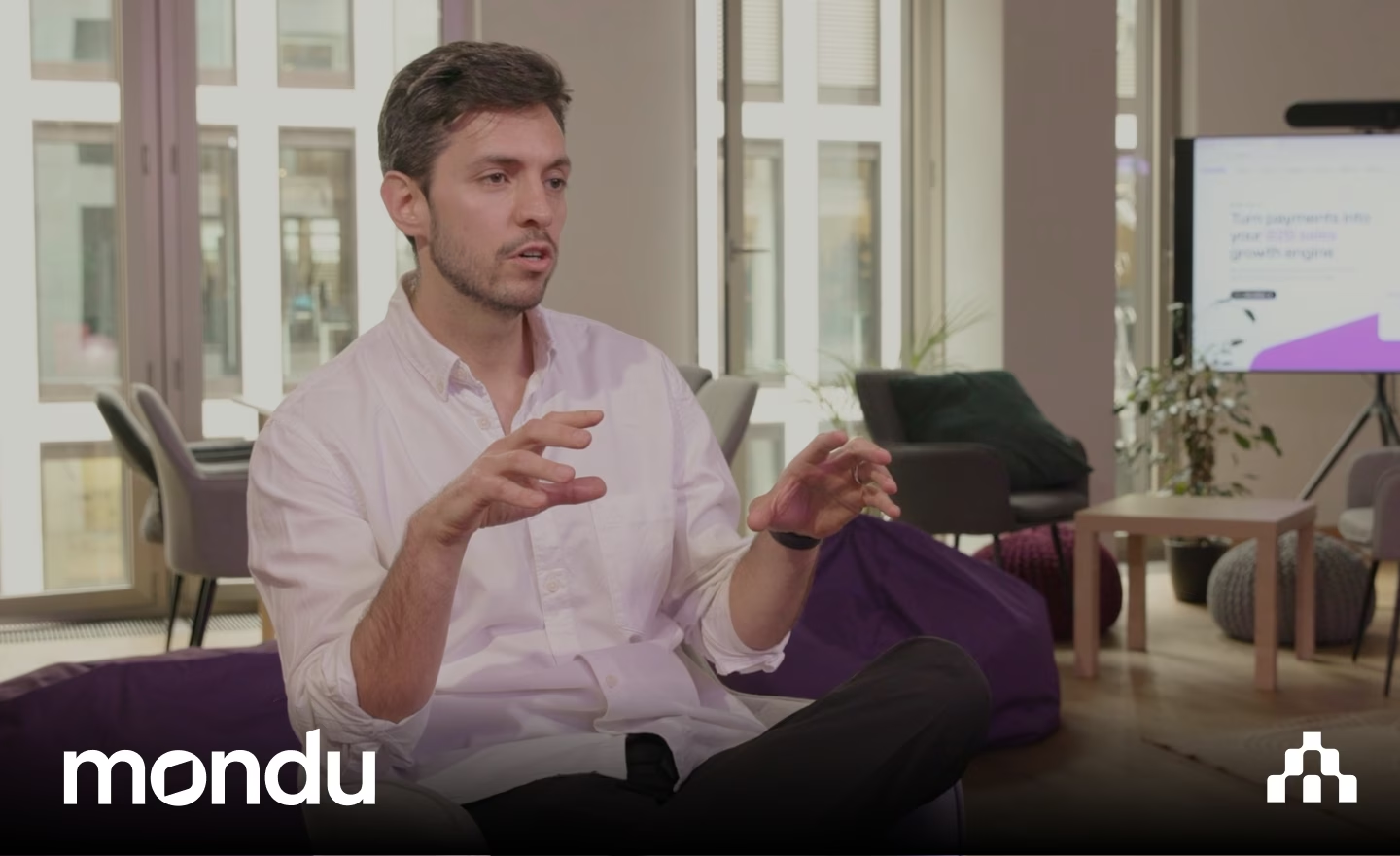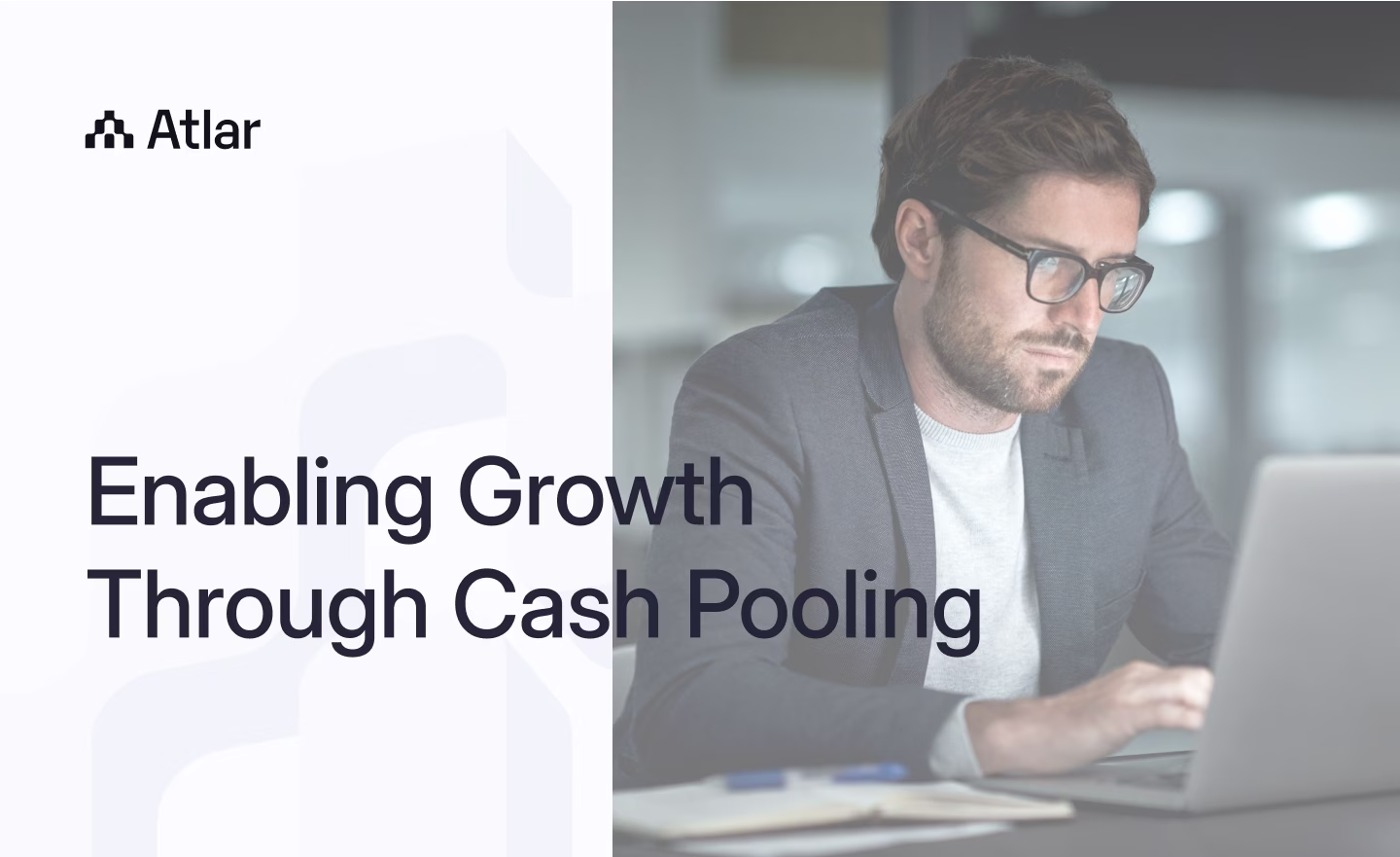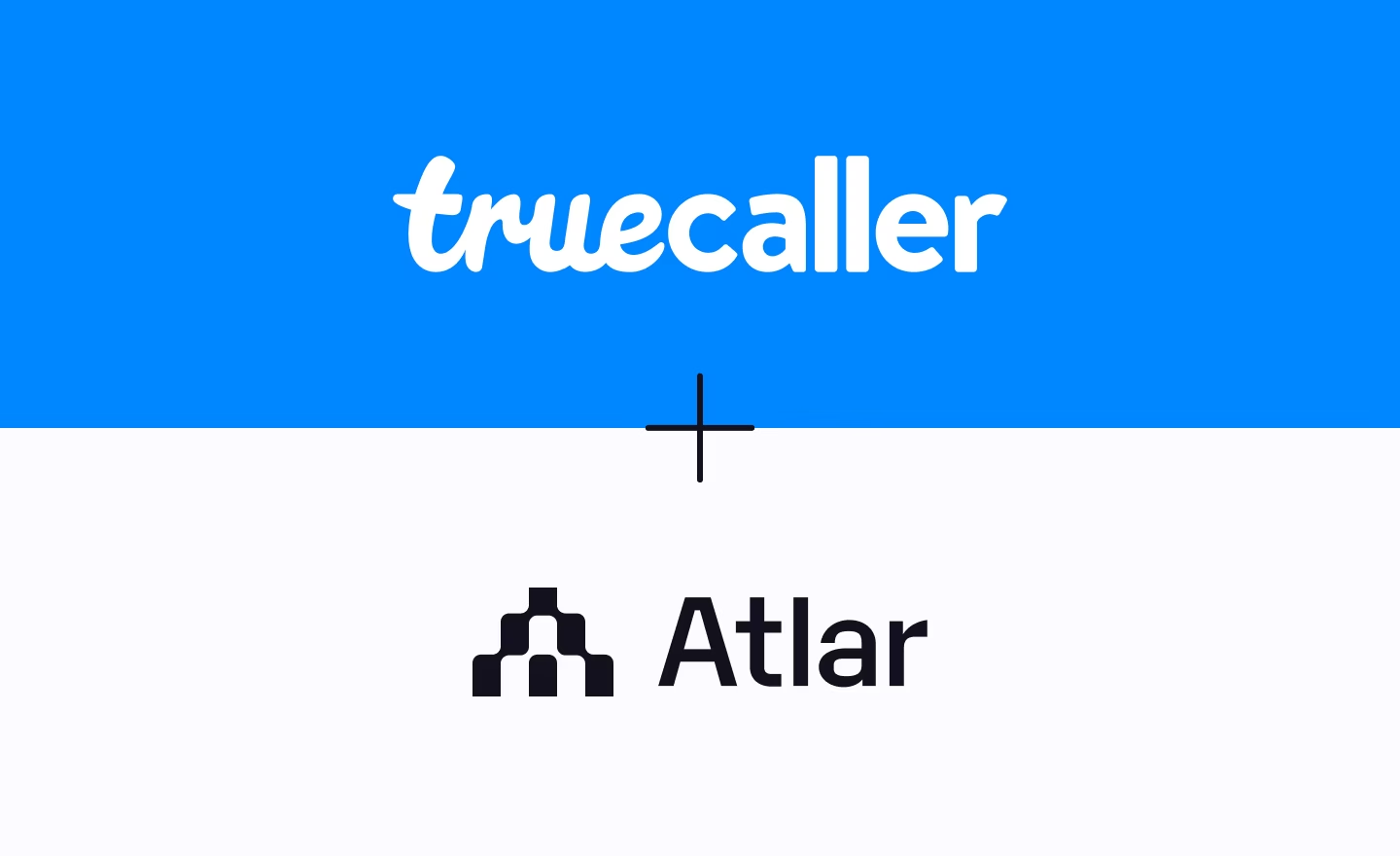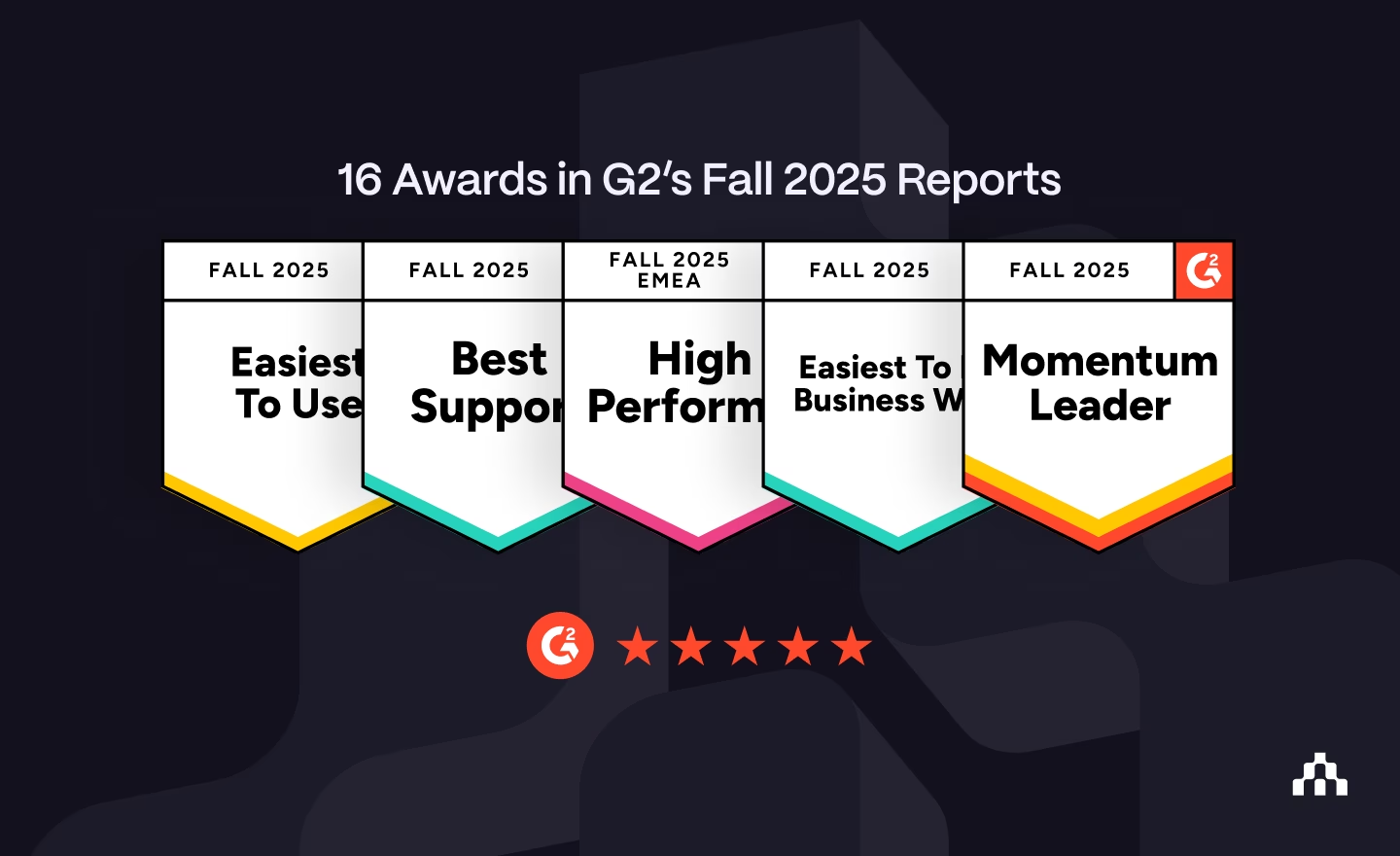
A Guide to Bank Payments in Sweden
Sweden’s payment systems are some of the most digitalized in the world and, to maintain its leading position, the country is renewing older systems and launching a new instant payment scheme.
Key facts
- Currency: Swedish krona (kr)
- ISO currency code: SEK
- ISO country code: SE
- IBAN example: SE45 5000 0000 0583 9825 7466
- Key local schemes: Bankgirot, PlusGirot, A2A transfers, Swish, Autogiro
- Settlement agent: Sveriges Riksbank
Payment infrastructure
Cash and paper-based methods have been in decline for many years in Sweden and today virtually all payments are digital and linked to a bank account. Bankgirot, which is owned by a consortium of banks, is the main clearing house in Sweden for mass retail payments. It operates both the eponymous Bankgiro system, the real-time BiR system, as well as the account-to-account transfer system Dataclearing.
All payments in Swedish kronor are settled in RIX, the settlement system operated by Sveriges Riksbank (Sweden’s central bank) which forms the central hub of the country’s financial infrastructure. RIX consists of two settlement services, RIX-RTGS and RIX-INST. The real-time system RIX-INST was launched in 2022 and Swish is the first service to use it, starting in 2024.
Sweden is currently modernizing its systems to better support real-time payments. RIX-INST is now connected to Eurosystem’s TIPS platform, enabling it to facilitate instant payments between different currencies, and the Nordic Payments Council (NPC) introduced a pan-Nordic instant credit transfer scheme in 2023.
To leverage Sweden’s domestic schemes, payments must be sent in SEK between accounts domiciled in Sweden. Businesses looking to move money locally will need to open a SEK account with a local bank or an international bank with a branch in Sweden. If you’re interested in recommendations for local banking partners then get in touch with us and we’d be happy to help.
Push-based payments
Sweden has three main push-based payment types: giro payments using Bankgiro numbers and/or PlusGiro accounts, account-to-account transfers, and instant payments via Swish.
Giro payments account for around 90% of non-cash payments made by businesses and consumers in terms of transaction value, excluding direct debits and card payments. Almost all companies in Sweden have either a Bankgiro number, a PlusGiro account, or both. A Bankgiro number is not a bank account number but directs money to or from a bank account, while a Plusgiro number is tied to an actual bank account provided by Nordea.
Bankgirot also provides an electronic invoicing or ‘E-faktura’ solution that, though not a payment service itself, lets consumers receive and pay invoices directly in their online banking interface. In 2020, individuals received roughly fifteen invoices on average, 155 million in total.
Some credit transfers in Sweden are sent directly from one bank account to another. Account-to-account transfers are an alternative to giro payments that are less widely used and handled by the Dataclearing system, also operated by Bankgirot. Account numbers and payment messages use standardised formats, enabling automated electronic processing.
The Swish mobile app, launched in 2012 as a joint venture between six of Sweden’s largest banks, enables instant bank transfers with the money credited to the recipient’s account in real time. Though it began as a peer-to-peer transfer app, Swish is now increasingly used for payments to businesses too.
Pull-based payments
The local pull-based scheme in Sweden is Autogiro, owned and operated by Bankgirot, which is used to collect payments in Swedish kronor as direct debits. Autogiro relies on a mandate between the business and the customer and approximately eight out of ten Swedes have at least one active mandate.
Bank account numbers in Sweden
- BBAN format: AAAM MMMM MYYY YYYY YYYY
- IBAN format: SEDD AAAM MMMM MYYY YYYY YYYY
- Country code: SE
- Check digits (D): 50
- Bank code example (A): 500
- BBAN check digits (M): 0000000
- Account number example (Y): 5839 8257 46
- BBAN example: 5000 0000 0583 9825 7466
- IBAN example: SE45 5000 0000 0583 9825 7466
In Sweden, the Basic Bank Account Number (BBAN), which forms the domestic part of the IBAN, is up to twenty digits long and formatted as AAAM MMMM MYYY YYYY YYYY. The first three digits represent the bank code (A), the next six digits represent the BBAN check digits (M), and the remaining eleven digits represent the account number (Y).

Banks in Sweden do not use one standardized structure for bank account numbers. For example, SEB and Nordea use the same standard while Handelsbanken and Swedbank use a different structure. Typically, bank account numbers are not shared publicly in Sweden due to security and privacy concerns. The fact that Bankgirot uses routing numbers is considered a benefit, since the account number is not visible to the payer.
Swedish IBANs consist of the BBAN plus a four-character header which includes 'SE', the two-letter national bank code for Sweden, along with two check digits (D).
Clearing and settlement
Sweden’s central bank, Sveriges Riksbank, provides the RIX payment system for the final settlement of interbank payments. There are two settlement services: RIX-RTGS is used for higher-value payments between banks and is available only on weekdays while RIX-INST, introduced in 2022, is available 24/7, 365 days a year.

RIX-INST was launched to support real-time payments and is based on the Eurosystem’s TIPS platform, meaning it’s able to facilitate instant payments between different currencies, not only Swedish kronor, and should also enable faster and cheaper payments to and from the eurozone.
Until recently the plan was for the P27 initiative to replace Bankgirot entirely and introduce a new, pan-Nordic, and real-time payment scheme. The withdrawal of P27 means Bankgirot now looks set to remain in place for the foreseeable future and instant payments in SEK will instead be made available directly via RIX-INST and the NPC’s new instant credit transfer scheme.
All Bankgiro payments are cleared through Bankgirot’s systems as well as Autogiro payments and e-invoice payments. Direct account-to-account transfers are cleared through Dataclearing, which is also operated by Bankgirot. Swish payments are to be settled directly in RIX-INST as of early 2024, instead of being cleared through the BiR system provided by Bankgirot as was previously the case. Payments between two PlusGiro accounts are considered an internal transfer within PlusGirot.
Payment methods
Bankgirot

- Year introduced: 1959
- Operated by: Bankgirot
- Availability: Monday to Friday
- Settlement: Same day
- Clearing: Bankgirot
- Fee per payment: 1.85 kr. (approx.)
Bankgirot was first launched in 1959 as an alternative to the state-owned PostGirot, the predecessor of PlusGirot which is today its main competitor, and is owned jointly by several Swedish banks. Bankgirot is a clearing and settlement service that also provides two payment systems: the proprietary Bankgiro system and the BiR (payments in real time) system launched in 2012.
A Bankgiro number is required to send or receive payments through the Bankgiro system, and is effectively a routing number that directs payments to the correct account regardless of which bank it’s held at. Many Bankgiro numbers can be connected to the same account but it is not possible to have multiple accounts connected to one Bankgiro number.
Only business accounts can have a Bankgiro number but both consumers and businesses can make payments to Bankgiro numbers. A Bankgiro number is always 7-8 digits long and is formatted as, for example, 123-4567 or 1234-5678.
Bankgiro payments can be used with both structured and unstructured payment references. Structured references have a limit of 25 digits while unstructured references are more flexible and can consist of up to 140 characters of free text sent to the payee. A structured, 25-digit reference is known as an OCR-number in Sweden and is used for the automatic reconciliation of invoice payments. Companies can configure additional checks with their bank to ensure incoming payments use the correct OCR-number.
Bankgirot’s settlement cut-off times vary depending on the bank. Transfers initiated before the cut-off time are credited to the payee’s account on the same day and one business day later if initiated after the cut-off time.
Bankgiro numbers are also used for Bankgirot’s supplier payment service, known as ‘Leverantörsbetalningar’, which is a pull-based payment system used to pay invoices, salaries, and taxes. Bankgirot also provides the electronic invoicing solution E-faktura.
Pros and cons
- Pros: A low-cost way to make credit transfers to any bank account in Sweden with the added security of using routing numbers.
- Cons: Bankgirot can only be used for payments in Swedish kronor.
PlusGirot

- Year introduced: 2002
- Operated by: Nordea
- Availability: Monday to Friday
- Settlement: Same day
- Clearing: Nordea
- Fee per payment: 1.85 kr. (approx.)
PlusGirot was introduced in 2002 when Nordea acquired and rebranded the former state-owned PostGirot system and is a subsidiary of Nordea. PlusGirot is not a payment system in the traditional sense but a specific type of account that’s used to manage payments.
PlusGiro accounts are a transaction account that can be used for domestic and international payments, but PlusGiro payments can only be sent domestically in Swedish kronor. Almost all companies in Sweden, and most individuals, have a business relationship with Nordea and PlusGirot.
PlusGirot and the Bankgiro system offer similar services to end users. Only businesses can own a PlusGiro account but both consumers and businesses can make payments to a PlusGiro account. Payments between PlusGiro accounts are essentially an internal transfer between two Nordea accounts.
A PlusGiro number can be 2-8 digits long and is formatted as 1-2, 12-3, 123-4, and so on. PlusGirot also facilitates both structured and unstructured payment references and uses the same formats as Bankgirot.
Nordea determines the settlement cut-off time for the initiating party. Transfers sent before the cut-off time are credited to the payee’s account on the same day and one business day later if sent afterwards.
Pros and cons
- Pros: A PlusGiro account can be used to make cross-border payments, comes with other corporate banking services included, and there is no cost when transferring funds to another PlusGiro account.
- Cons: Plusgirot payments are typically only used for payments between two PlusGiro accounts.
Account-to-account transfers
- Year introduced: 1975
- Operated by: Bankgirot
- Availability: Monday to Friday
- Settlement: Same day
- Clearing: Dataclearing (Bankgirot)
- Fee per payment: 1.85 kr. (approx.)
Account-to-account (A2A) transfers in Sweden use the Dataclearing (DCL) system, which is primarily used for credit transfers, money orders, and cheques. DCL is owned by the Swedish Bankers’ Association but has been operated by Bankgirot since it was introduced in the late 1970s.
DCL essentially consists of a set of regulations and standardized formats for electronic transfers to enable straight-through processing (STP), providing a fast and secure credit transfer system. A2A transfers are commonly used for payouts of different kinds, such as those relating to loans, insurance claims payouts, and marketplaces. Several Atlar customers with operations in Sweden use this transfer type, for instance.
Transfers made using DCL are processed first by Bankgirot and then settled in RIX. There are four settlement cycles per day and the final cut-off for same-day settlement is 13.30. Payments submitted after this time are settled on the following business day.
Pros and cons
- Pros: Account-to-account transfers are a secure, low-cost way of sending mass payments with same-day settlement.
- Cons: It can require manual work to send payments as account-to-account transfers depending on your technical setup.
Swish

- Year introduced: 2012
- Operated by: Getswish
- Availability: 24/7, 365 days a year
- Settlement: Real time
- Clearing: BiR Settlement (Bankgirot)
- Fee per payment: 1-3 kr.
95% of adults in Sweden use Swish, a mobile app enabling instant account-to-account payments that launched in 2012. Swish is a joint venture between six of Sweden’s largest banks and started out as a peer-to-peer transfer app that used phone numbers to identify users’ accounts. It was made available to businesses in 2014 and as of today Swish can be used to shop online and in-person. More than 320,000 merchants offer Swish as a payment method and over a half of all Swish payments are now made to businesses.
Swish payments have historically been cleared through Bankgirot’s BiR Settlement system but are expected to be settled directly in RIX-INST at some point in 2024. This means settlement will take place between the banks’ accounts at the Riksbank, Sweden’s central bank.
Swish has been free to use for private individuals since its launch and businesses are not allowed to charge customers for the service. For businesses, pricing is set independently by each bank but is usually around 2 SEK per payment on top of an annual fee. As well as receiving payments via Swish, businesses can also make payouts, issue refunds, and pay other businesses for a similar fee.
Swish is a founding member of the European Mobile Payment Systems Association along with the two other Scandinavian instant payment services, Vipps, and MobilePay.
Pros and cons
- Pros: Swish offers 24/7 availability and relatively low fees for real-time payments. The user experience is fully digital and user-friendly.
- Cons: Swish is restricted to payments between Swedish bank accounts.
Autogiro
- Year introduced: 1967
- Operated by: Bankgirot
- Availability: Monday to Friday
- Settlement: Same day
- Clearing: Bankgirot
- Fee per payment: 1.85 kr. (approx.)
Autogiro, introduced in 1967 and relaunched in 1992, is a direct debit scheme managed by Bankgirot that collects payments in SEK from bank accounts in Sweden. Autogiro is often used to pay utility bills, make loan repayments, pay insurance premiums, and pay subscriptions. To access Autogiro a business must first configure the service and obtain a Bankgiro number from their bank.
Autogiro is a pull-based payment scheme, meaning that the payee is given the approval to collect funds from the payer’s account on a specific due date. Before initiating the first collection, an Autogiro mandate first needs to be signed by the payer and the mandate information must then be forwarded to the bank by the payee in order for it to be activated. Only after the mandate has been activated can a business collect direct debit payments from a payee.
A mandate can be configured to collect payments using either a Bankgiro number or a Swedish BBAN. Custom remittance information is not supported for each individual collection. Instead, the payee configures the reference that will be shown on the payer’s account in the Autogiro agreement. This reference always begins with ‘AUTOGIRO’ and is followed by an additional 12 characters that typically contain a shortened version of the company’s name plus some free text. For example, if the payee entity is named XXX, the remittance information shown to the payer would look something like ‘AUTOGIRO XX XXX’.
Processing cycle
The activation of a mandate can take up to two business days. Once the bank activates it, the payee can initiate an Autogiro collection from a payer’s account based on the following timings:
- For one-off or non-recurring payments, the payee must notify the payer about an upcoming direct debit collection at least 8 days before the intended collection date. This is unless the payer has pre-approved the Autogiro payment with a purchase order.
- If the payer will collect recurring payments from the payee’s account, the payee has to notify the payer about the collection frequency and amount before the first collection.
- The payment instructions must be sent to Bankgirot at least one business day before the intended collection date.
- If a payment fails due to insufficient funds it can be retried up to three times over the next three business days, one retry per day. Autogiro allows you to configure this automatically.
Refunds
Payees have the right to request a refund if the exact collection amount was not communicated in advance or the amount collected was higher than expected. The refund must be requested within eight weeks from the day the payment was collected. When a refund is requested, the bank must first investigate the claim's validity – in contrast to the SEPA Direct Debit Core scheme where the refund is granted immediately. The bank processes the claim within ten working days. If the collection was unauthorized, the payer can dispute the payment for up to 13 months after the initial collection date.
Pros and cons
- Pros: Autogiro is a low-cost way of collecting direct debits at scale with a long-lasting payment mandate.
- Cons: Autogiro is not suitable for immediate or ad-hoc payments and requires a mandate to be signed in advance.
Looking ahead: real-time payments beyond P27
P27, launched in 2019, was an initiative led by six major banks to create a real-time, cross-border payment infrastructure for the entire Nordic region. P27 acquired Bankgirot in 2020 and aimed to replace it with one common system for Sweden, Finland, Denmark, and potentially Norway. Since then, however, P27 has withdrawn its clearing licence application in Sweden after Swish volume was instead moved to RIX-INST.
Nonetheless, there are other entities outside P27 whose goal it is to modernize the payment infrastructure in Sweden and the Nordic countries generally. The Nordic Payments Council (NPC), which is responsible for developing and operating Nordic payment schemes, continues to develop its pan-Nordic schemes and introduced a new instant credit transfer scheme in 2023.
In Sweden specifically, the central bank has introduced RIX-INST based on the eurozone's TARGET Instant Payment Settlement (TIPS) platform, which enables banks to settle payments in real time. This means instant payments in SEK, like those made using Swish, will be settled directly in RIX-INST. Importantly, Swedish banks have been set a deadline of November 2024 to migrate their Swish volume over to the new system. This would represent a major step forward in modernizing Sweden’s payment infrastructure and lessen its reliance on the Bankgirot system.
How Atlar can help
Atlar was founded to save companies time and money on manually managing payments and building direct integrations to banks. With Atlar you can access local Swedish BBANs, PlusGiro accounts, and Bankgiro numbers through one API, as well as manage your banks and initiate payments over domestic schemes through the Atlar dashboard.
The Atlar platform is built to support real-time payments out-of-the-box and handles all infrastructure changes without any extra work for the customer. This means businesses can quickly adapt to new developments and take advantage of the latest features, including real-time monitoring, faster approvals, and automated retries.
Get in touch
If your business needs to automate payments over domestic Swedish schemes or manage cash held in Swedish bank accounts, Atlar is able to help. To see the Atlar platform in action for yourself, book a demo.
You can unsubscribe anytime.
See Atlar in action.
Enter your work email to watch a live product demo.



